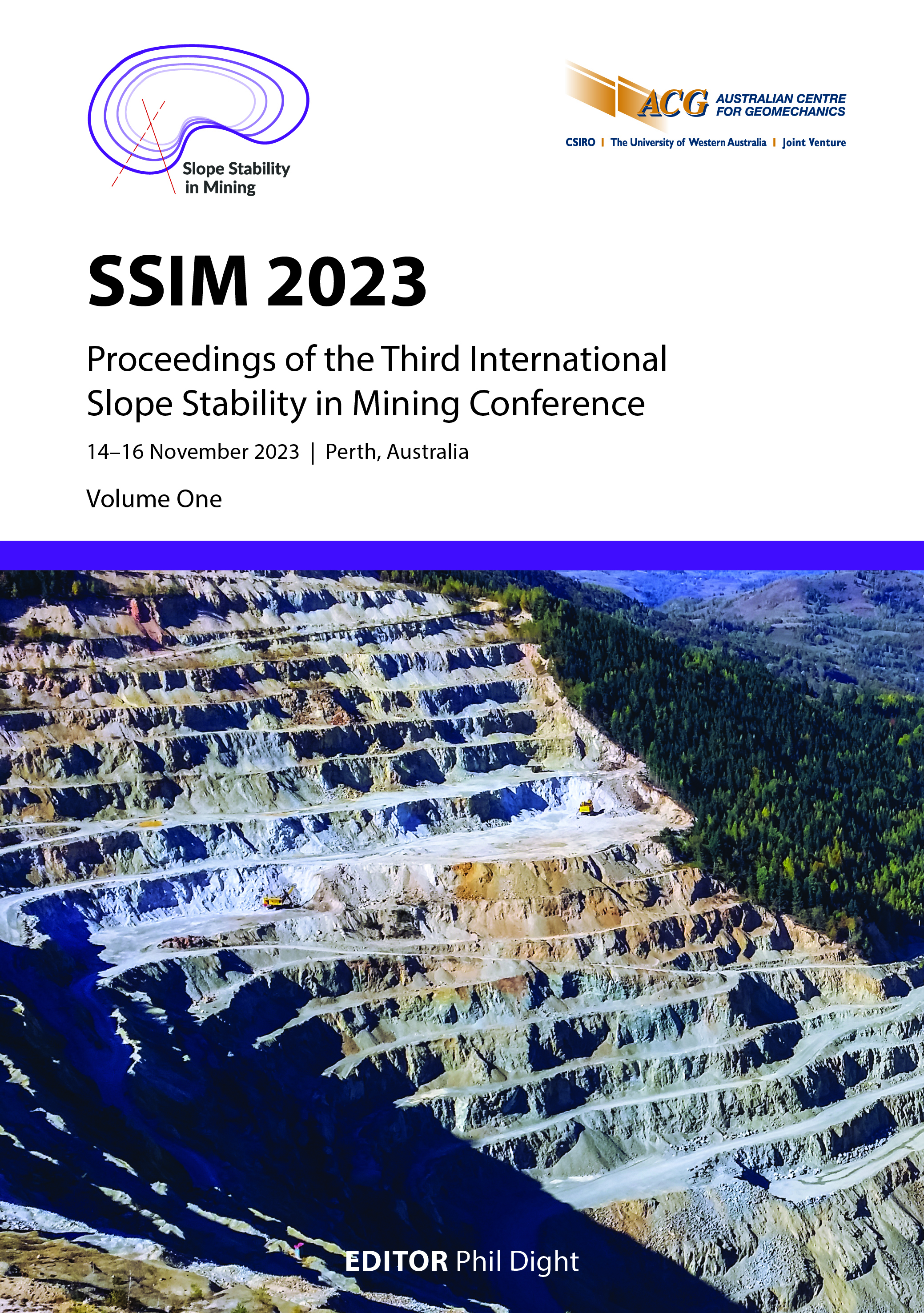Geotechnical risks in natural recreational areas: a case study of potential geotechnical hazards in a Western Australian national park and other parts of the world

|
Authors: Owusu-Bempah, G |
DOI https://doi.org/10.36487/ACG_repo/2335_44
Cite As:
Owusu-Bempah, G 2023, 'Geotechnical risks in natural recreational areas: a case study of potential geotechnical hazards in a Western Australian national park and other parts of the world', in PM Dight (ed.), SSIM 2023: Third International Slope Stability in Mining Conference, Australian Centre for Geomechanics, Perth, pp. 663-674, https://doi.org/10.36487/ACG_repo/2335_44
Abstract:
In recent years, numerous global geotechnical-related fatalities have occurred globally. These fatalities are not solely confined to the mining industry, as many tourist destinations have also experienced catastrophic events from rockfalls. While tourists enjoy their beautiful surroundings they may be unaware of the rising geotechnical risks in these locations, which may result in loss of life if not effectively addressed. Many of these holiday destinations have unfavourable ground conditions which require careful consideration, including monitoring inspections, restrictions and adequate controls. Hiking corridors, beachfront scarps and national park walkways are just a few locations known for high-risk rockfall issues, slope failures or exposed outcrops that pose a potential hazard. Unfortunately, many of these locations require access restrictions due to unstable geotechnical conditions. As the geotechnical risks in tourist locations continue to increase, the geotechnical community, local governments and the tourism industry must work together to effectively manage these hazards. Tourism regulators and local governments must engage geotechnical engineers to inspect and analyse exposed geotechnical risks and provide workable remediation controls to reduce tourist exposure to rockfall. This paper presents several case studies in the Pilbara region of Western Australia and other parts of the world to highlight the geotechnical hazards and subsequent rockfalls that tourists may become unwittingly exposed or need to be aware of. It aims to raise awareness for additional control measures such as exclusion zones through rockfall simulation that can be adopted to mitigate some of the life-threatening rockfall issues. The paper also highlights the opinions of prospective tourists on rockfall perception using sample photographs of some tourist locations based on operators’ promotional material and how these perceptions can be geotechnically interpreted remotely to highlight the risks of using Google Earth 3D and satellite imagery.
Keywords: natural hazards, tourism industry, local governments, geotechnical risk, rockfall fatalities, adverse ground condition, rockfall simulation, exclusion zones
References:
CBS News 2022, ‘Dramatic video captures cliff collapsing on tourist boats, killing 10 in Brazil’, CBS News, viewed 10 January 2022,
Ge, Y, He, XR, Yuan, XQ, Pu, XY, Meng , LD, Wang, HK & Huang, YY 2021, ‘Analysis of rockfall hazards stopping position and energy dissipation based on orthogonal experiment’, E3S Web of Conferences 261,
Huber, NK 1987, The Geologic Story of Yosemite National Park, Bulletin 1595, US Geological Survey, Reston.
Owusu-Bempah, G 2020, ‘Streamlining geotechnical slope reconciliation for open pits, a slope optimization and recommendation approach at Brockman 2 Operations in the Pilbara Region in Australia’, Proceedings of Sixth UMaT Biennial International Mining and Mineral Conference, Tarkwa, pp. 33-42.
Saroglou, C, Bar, N, Manousakis, J & Zekkos, D 2019, ‘Analysis of slope instabilities in the Corinth Canal using UAV-enabled mapping’ Second International Conference on Natural Hazards and Infrastructure, Chania.
© Copyright 2025, Australian Centre for Geomechanics (ACG), The University of Western Australia. All rights reserved.
View copyright/legal information
Please direct any queries or error reports to repository-acg@uwa.edu.au
View copyright/legal information
Please direct any queries or error reports to repository-acg@uwa.edu.au

